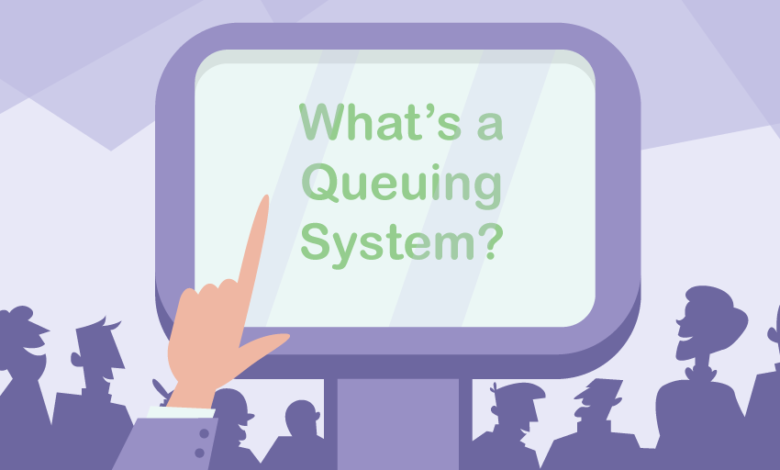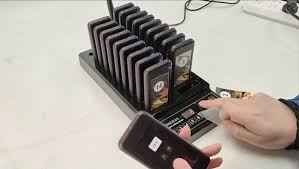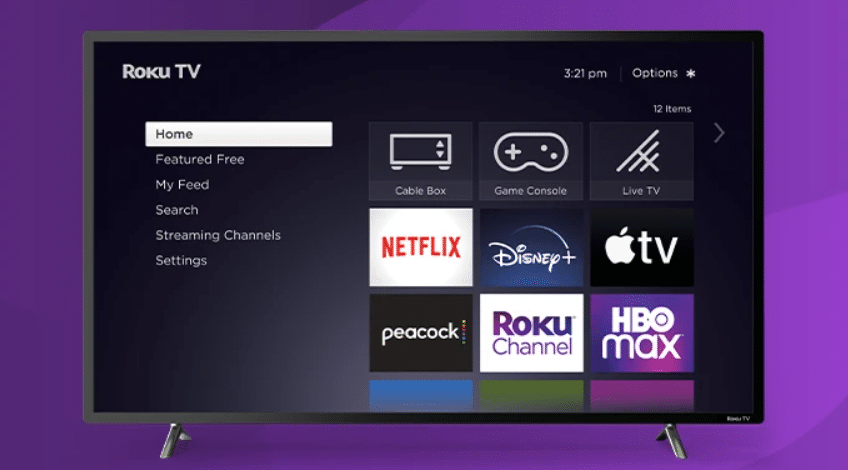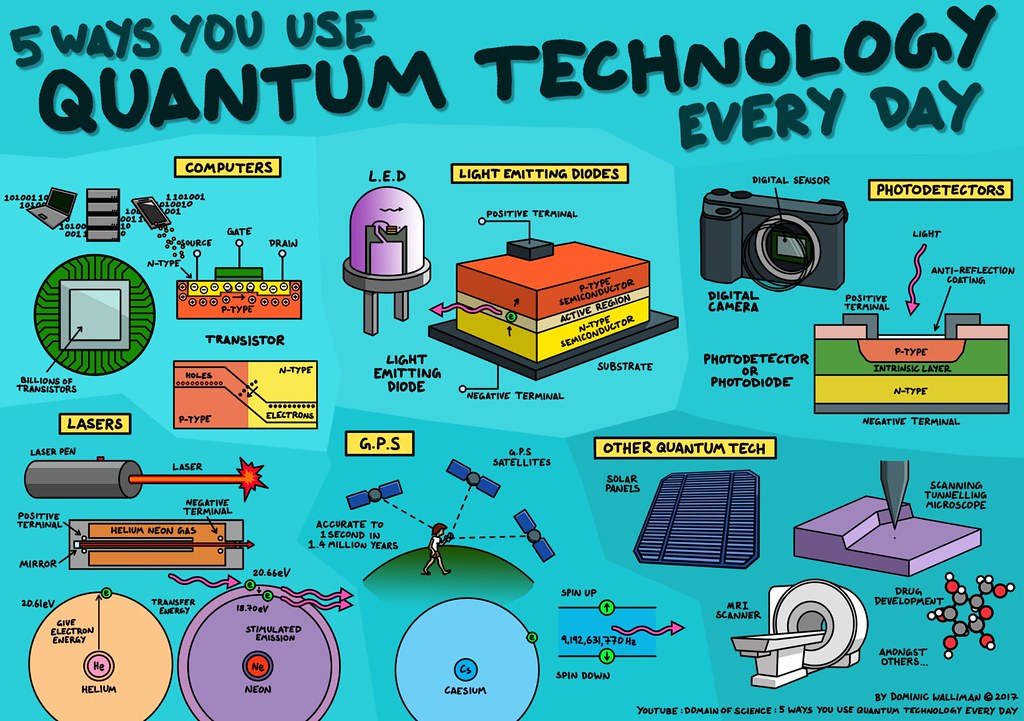5 Best Options for Queue Calling System

What is a Queue Calling System

A call queue system is designed to handle incoming calls in a structured manner when all agents are busy. Instead of receiving a busy signal or being disconnected, callers are placed into a waiting line queue. The system then routes the queued calls to agents in the order they were received as soon as agents become available.
By utilizing call queues, call centers can effectively manage spikes in call volume without losing any callers. Even during periods when all agents are occupied, new calls can be held in the queue until the next available agent is ready to assist the next queued customer. This helps ensure that all calls are handled efficiently and no customers are left unanswered
While IVR systems can offer callers the ability to pay bills and obtain basic information, self-service encompasses more than just IVR. By providing access to online knowledge databases, tutorials, chatbots, or instructional videos, callers can find the information they need, reducing their reliance on contacting support for additional assistance.
To address situations where the number of inbound calls consistently exceeds the available agents, it is essential to evaluate consumer behavior and identify patterns in call volume. Once these patterns are recognized, several popular solutions can be implemented. These include enhancing self-service options through IVR or chatbots, automating repetitive tasks to increase agent availability, and equipping agents with comprehensive call scripts and internal knowledge bases, enabling them to support other departments when necessary.
How To Improve Call Queue Management?
Use Different Routing Strategies
Create Call Groups
Administrators can configure call groups in a way that enables simultaneous or sequential ringing of all phone numbers within the group. They can also set the desired number of rings before the caller is forwarded to the next group member.
Encourage Automated Callbacks and Virtual Queueing
In addition, it is beneficial to provide virtual queues as an option. Virtual queues function similarly to customer callbacks, but instead of scheduling a callback at the customer’s preferred time, they receive a callback as soon as an agent becomes available. This allows customers to go about their day without being tethered to their phones while still ensuring timely assistance.
Get the Benefits of IVR







